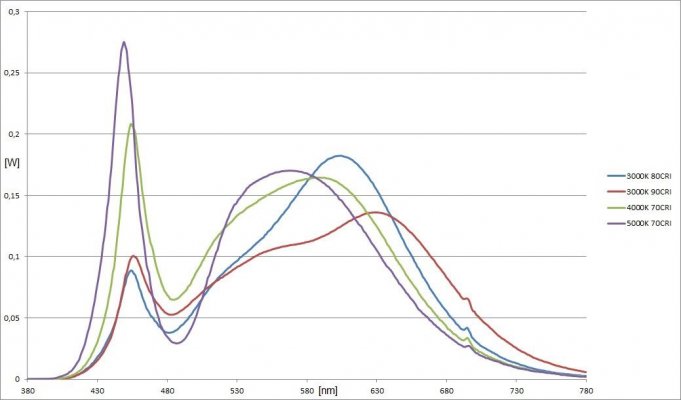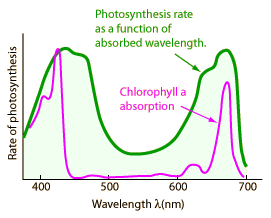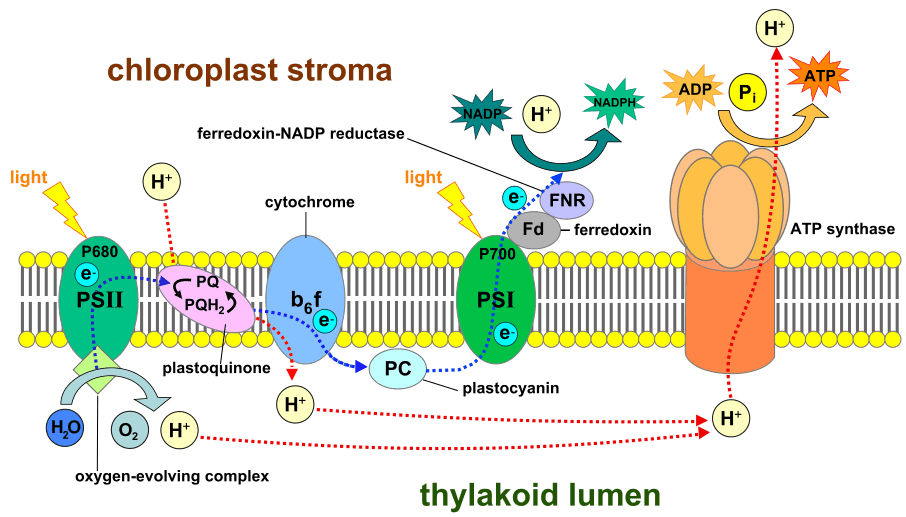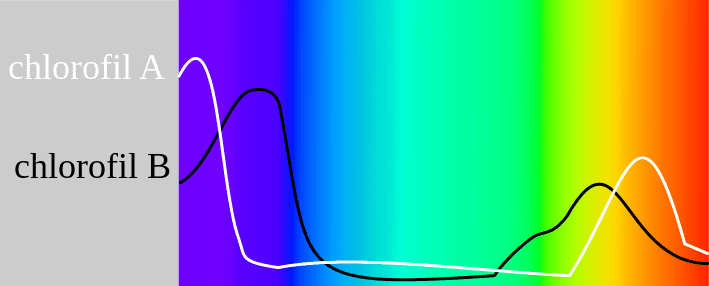B
BGBlue
- 18
- 3
Page 8 from the cree manual. Which relative spectral distribution is best for all around growth in veg/flower?
My guess is for the dark red line with the 3000k, 90CRI.
My guess is for the dark red line with the 3000k, 90CRI.
Common misconception. 3K 80cri is what you want.Page 8 from the cree manual. Which relative spectral distribution is best for all around growth in veg/flower?
My guess is for the dark red line with the 3000k, 90CRI.




From what I saw over there they covered it all pretty good.@tags420
Hey man, i drifted over to this thread by researching photo red/ far red. I'm finishing up a build that has 4 vero29 4k and 4cree 3590s 3500k. Im using .700mA driver on 2 of the panels and ive got spare volts. Ive been asking around if folks thought there was much to be gained by adding some stars.
Appreciate any thoughts.
I shoot for ~15% blue range(400-500) and >40% red range(600-700). Speaking in cree spd...3k needs more blue and 4K needs more red.
why would you veg with a red spectrum? and finish with a blue? its just the opposite, dude your ass backwards, what you said about the yield and potency is opposite. blue is grow, red is flower. everyone knows thatWould a simplistic description be that reds add yield and blues add potency?
If so, would flowering under say a 3500k to start and then a 5700k (has twice the blue but less red) to finish be beneficial?
tia
generally yes red flower ,blue veg.but theres lots of growers who will swap out their hps in the last weeks of flower for metal halide to finish the crops off. but your answering a post from 14 months ago,im guessing the plants are done now haha.why would you veg with a red spectrum? and finish with a blue? its just the opposite, dude your ass backwards, what you said about the yield and potency is opposite. blue is grow, red is flower. everyone knows that
A okay. yea i didnt realize it was an old thread. my badgenerally yes red flower ,blue veg.but theres lots of growers who will swap out their hps in the last weeks of flower for metal halide to finish the crops off. but your answering a post from 14 months ago,im guessing the plants are done now haha.
The 2700K mixed with the 3500k will give you what you are looking for. the 2700 has more red and you can add 6500k for more blue and balance. I would go with 2700K and 6500K mixed in one fixture with 80 or 90 cri.Thank you Tags for the good info and Great graphs.
I see what you mean by having little gain when going for the 90CRI over the 80CRI. Although, it looks like over half of the loss for going for CRI90 is outside the range of photosynthetically usable radiation (below 630nm).
Do you mind explaining where my reasoning is off. Here is what's going through my head.
The reason I believed that CRI90 was superior to CRI80 is because the ratio of usable red:blue light is closer to 1 in CRI 80 vs. CRI 90.
I believe this is good because plant light absorbance of red and blue is close to 1:1
So, I suppose that is the point. The low level of blue-light would be the rate limiting step. In 80CRI and 90CRI the difference in blue output is negligible.
In short, my guess is that anything far above the highest levels of blue radiation is limited because both are needed for a complete photosynthesis cycle.
But now, I just read that PSI and PSII have maxima for absorbance around 680nm and 700nm. So, I suppose I was wrong and red:blue is not best at 1:1.
But then I look at this graph and think, no, a ratio closer to 1:1 is beter.
in fact the image makes me think that heavy blue could be good!
I don't see the advantage of heavy red. In general I think it's all about improving your rate limiting step.
Granted, I am a beginner. And the images I shared is not species specific. However, I am familiar with science/bio/physics (basically two B.S. in both subjects) so, i want to understand whats going on so I can know the lamp I piece together is good. Plus it's fun learning all of this information :)
But yea, CRI90 seems to be closer to 1:1 for R:B color output, based on the normalized graph from their website.
Anyways, I was having trouble finding CRI90 chips so it'll probably have to be CRI80. Even so, I want to understand this.
